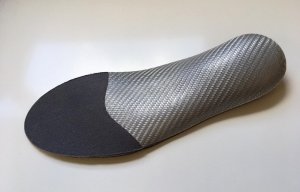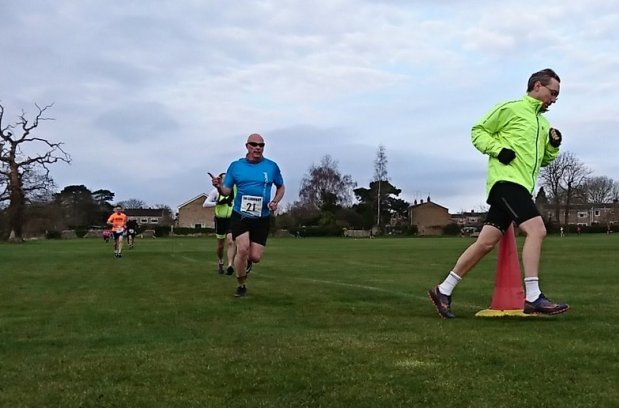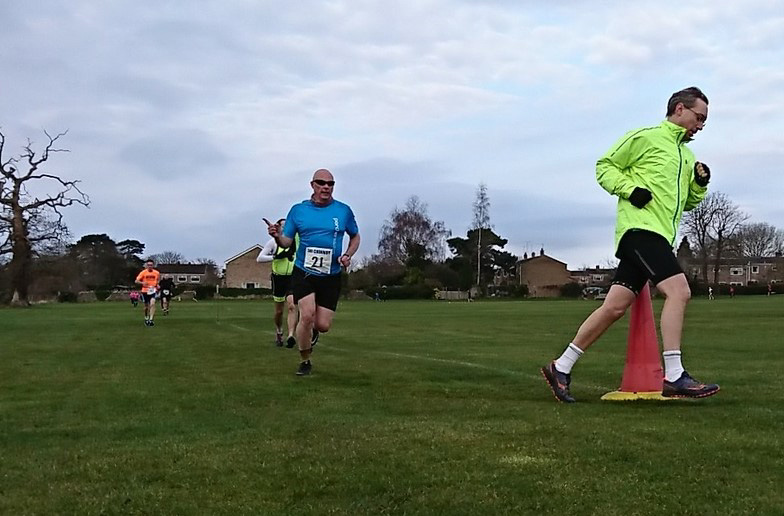
Porcher Sport launches thermoplastic insoles
Charlie Exton, a defence specialist at Porcher Industries, plans to run this weekend’s London Marathon.

19th April 2018
Innovation in Textiles
|
Badineres
 Charlie Exton, a defence specialist at Porcher Industries, plans to run this weekend’s London Marathon in a T-shirt and socks made from his company’s newly developed next generation lightweight blast resistant fabric.
Charlie Exton, a defence specialist at Porcher Industries, plans to run this weekend’s London Marathon in a T-shirt and socks made from his company’s newly developed next generation lightweight blast resistant fabric.
In response to the long-term demand and requests of soldier’s agencies including the UK MoD DSTL and the USA DoD PEO, the new para-aramid based fabric by Porcher Industries’ Aerospace and Defense Business Unit has been developed to provide soldiers with an extra level of protection against improvised explosive devices (IEDs) in garments worn next to the skin.
“Our newly developed material has undergone a full range of both bullet and fragmentation tests and is proven to protect against fragments which are propelled at lower speeds,” explained Mr Exton.
“Because it’s so light it takes out the dust, glass and small stones that can be blown at people and penetrate regular fabrics when an IED goes off. In an emergency situation, the medics can find the larger metal pieces easily enough, but when it comes to hundreds of stone and dirt fragments it becomes difficult, so it’s preferable to be equipped against them. It’s an issue the military is currently looking at around the world, in moving to the next step in personal protection for soldiers.”
“Obviously, light weight and comfort is a must. There’s a running adage that for every kilo in weight you add, you lose on average ten seconds in covering every mile, so this was a key consideration. Due to our fine weaving skills and design optimisation, the Porcher Industries material is softer and lighter than traditional protection, and it’s that property that I wanted to demonstrate in this Sunday’s London Marathon.”

Charlie will be competing as part of Hereford Athletic Club’s British Championship team after which he then plans to further trial the next generation para-aramid protective garments in a gruelling 100km Ultra Marathon later this year. Thermal data will also be collected at points along Charlie's route, for further analysis of the effectiveness of the fabrics.
Ever since their parallel development in both the US and Europe in the early 1970s, para-aramid fibres have saved many lives. As a class of strong synthetic fibres, with extremely high temperature resistance, they have been employed to manufacture gloves, sleeves, jackets, chaps and other articles of protective clothing designed to protect users from cuts and abrasions, as well as heat. They also form the basis for multiple-layered, reinforced fabrics as the leading choice for bullet-proof vests.
Para-aramid based protective fabrics are also often considerably lighter and thinner than their equivalents made of more traditional materials, such as metallic fibres or densely-woven cloth.

Business intelligence for the fibre, textiles and apparel industries: technologies, innovations, markets, investments, trade policy, sourcing, strategy...
Find out more